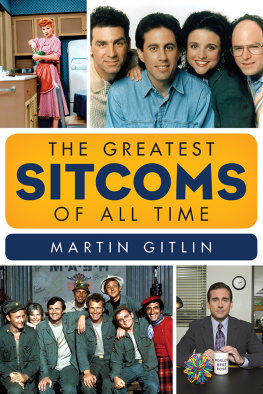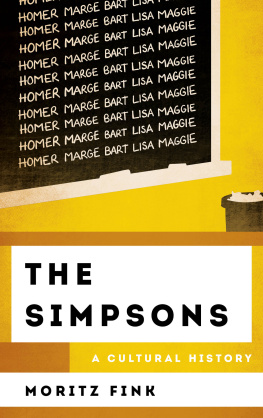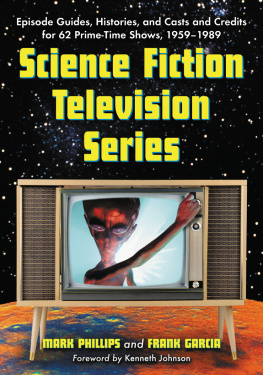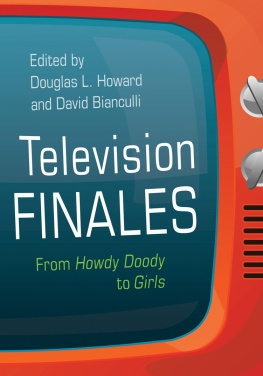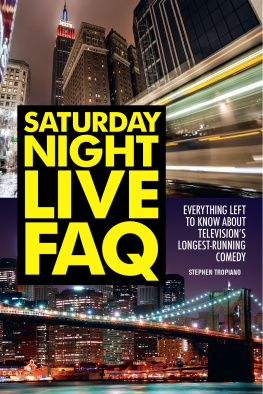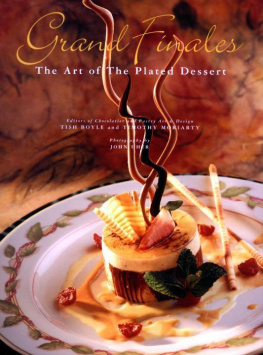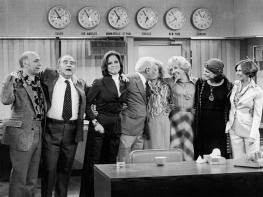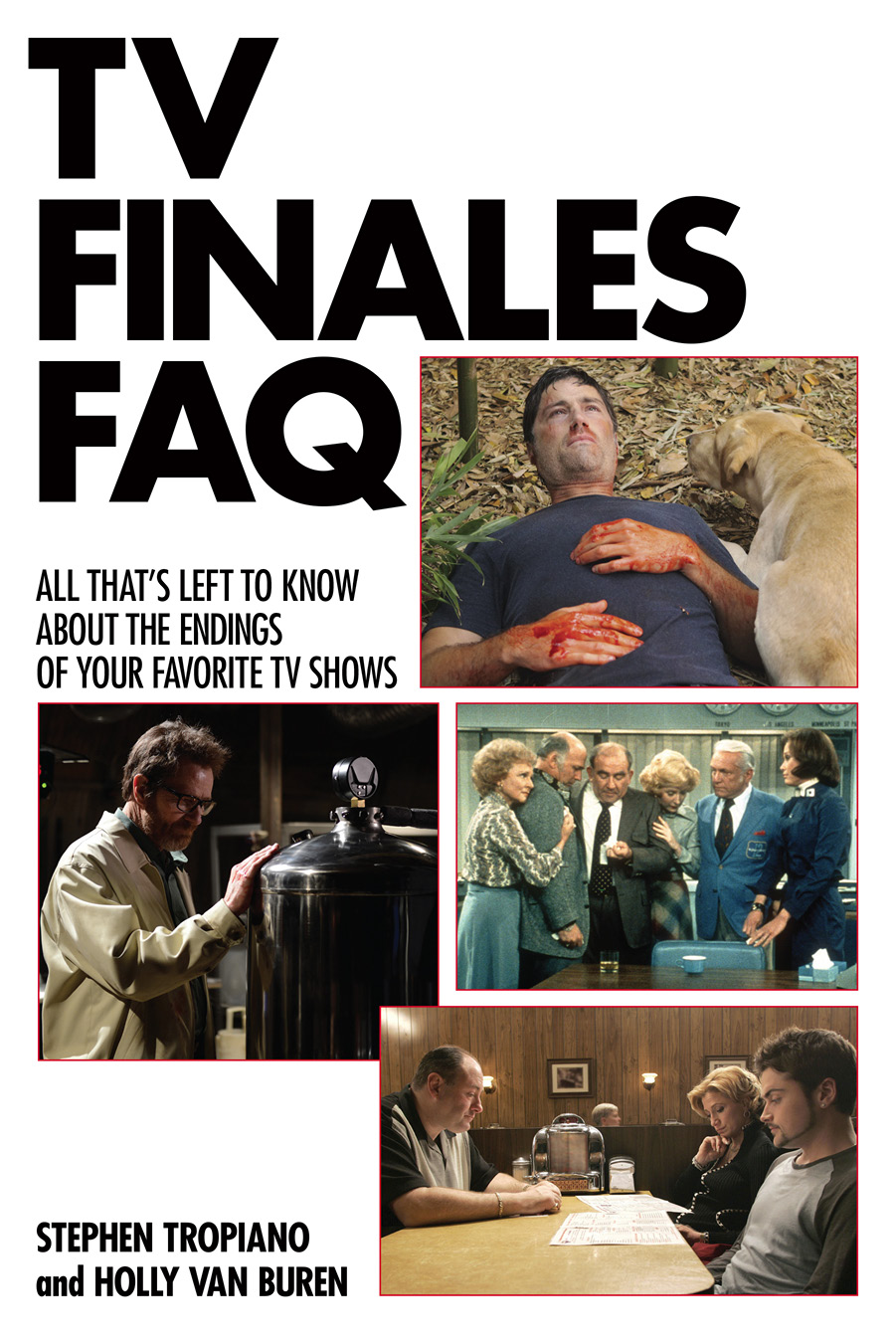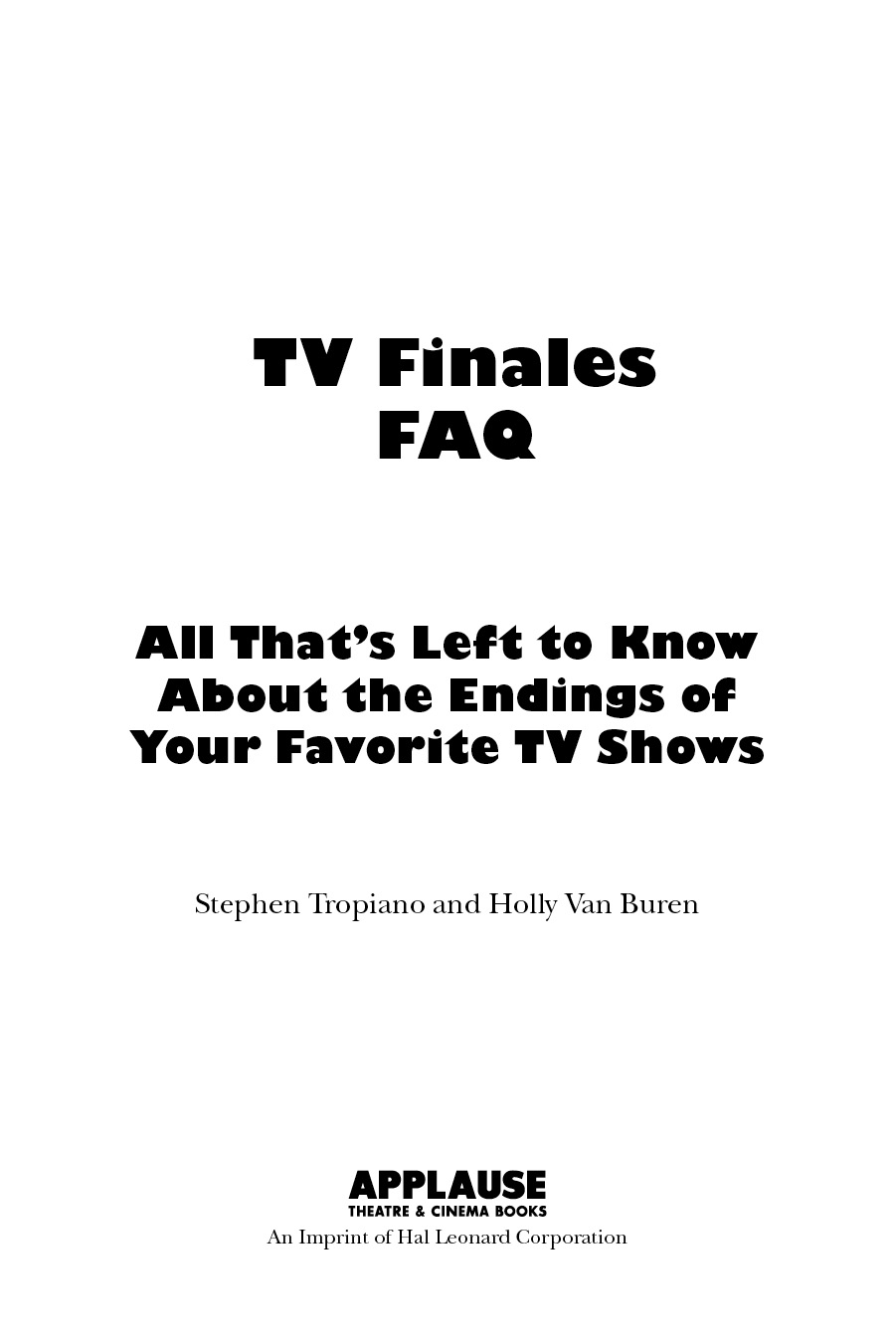Copyright 2015 by Stephen Tropiano and Holly Van Buren
All rights reserved. No part of this book may be reproduced in any form, without written permission, except by a newspaper or magazine reviewer who wishes to quote brief passages in connection with a review.
Published in 2015 by Applause Books
An Imprint of Hal Leonard Corporation
7777 West Bluemound Road
Milwaukee, WI 53213
Trade Book Division Editorial Offices
33 Plymouth St., Montclair, NJ 07042
The FAQ series was conceived by Robert Rodriguez and developed with Stuart Shea.
Printed in the United States of America
Book design by Snow Creative Services
Library of Congress Cataloging-in-Publication Data
Tropiano, Stephen.
TV finales FAQ : all thats left to know about the endings of your favorite TV shows / Stephen Tropiano and Holly Van Buren.
pages cm
ISBN 978-1-4803-9144-4
1. Television programsUnited StatesMiscellanea. I. Van Buren, Holly II. Title.
PN1992.3.U5T725 2015
791.4575dc23
2015030432
www.applausebooks.com
HVB: For Michael and Sam, I love you and I like you
ST: For Steven, Ditto
Contents
When Entertainment Weekly asked Murphy Brown creator Diane English to describe the process of writing a series finale, she simply said: Its daunting. For years, television writers build an entire universe, putting each week together brick by brick in half-hour or hour installments. Fans grow to love their favorite television shows, welcoming their characters into their lives (and their living rooms). Even in the age of binge-watchingstreaming episode after episode in rapid successionavid television watchers can grow deeply attached to a series. When the end is near, fans (and critics alike) cling to the last remaining morsels of their favorite television showsavoring each moment before the final credits roll.
But for show runners like Diane English, however, the anticipation of a shows final moments can feel like a monumental task. After all, when you are applauded time and time again for surprising audiences with cleverly orchestrated plot twists, or for tugging at the heartstrings repeatedly, the expectations for the final episode can feel sky high. But for David Crane, co-creator (with Marta Kauffman) of Friends , it is the existence of those very expectations that tell you how meaningful your series has been. If any show runner is complaining that people care too much, theyre in the wrong business, Crane said. Its unfair how much they care about my show! Oh thats a high-class problem!
In this book we dissect those very high-class problems suffered by some of televisions top writers. From the series finales that pleasantly surprised us, to those most notable for their head-scratching endings, this book provides insight into how a series finale came to be: from the beginning stages of the shows inception, to its success along the way, and then, lastly, to its final broadcast.
In part 1, America Tunes In: The Most Watched TV Series Finales, we dissect the final episodes that grace the history books as ratings juggernauts. Beginning with what is arguably the first television series finale as we have come to know them ( The Fugitive s 1967 stunning one-armed man conclusion), and then counting down from the top spot ( M*A*S*H s 1983 swansong still remains tops after more than thirty years), this section aims to break down just what made these finales attract those record-breaking audiences, and how those same episodes stand up today.
In part 2, WTF? Series Finales That Left Us Scratching Our Heads, we dig deeply into those finales that failed to meet our expectationsor simply left us breathless in their odd plot decisions. From St. Elsewhere s snow globe ending, to Roseanne s year in the basement, not to be outdone by David Chases infamous cut to black on HBOs The Sopranos , this section attempts to piece together why these successful series opted to use their final moments to baffle their audience.
In part 3, Flash Forward: Finales Jump to the Future, we focus on finales that take their characters to the future, sometimes to fulfill their destinies and other times out of mere necessity (namely those with actors desperately clinging to the title of teen). These finales, which were met with both praise and disappointment, utilize a frequently employed time-shifting device in order to hurry up and end the show. Each serves as an example of just how that device works when put to use, both good and bad.
In part 4, All Talked Out: Daytime and Late Night Television, we include the final bows of televisions most prolific contributors: those that grace our television screens every day and every night. From the soap operas that span decades, to the talk show hosts that just cant put down the microphone or step away from their desk, this section details how and why each of these series comes to a close. Spending that much time on air presents unique challenges in mustering up a goodbyesome even required multi-day affairs, such as Oprah Winfreys three-day spectacular.
In part 5, Saying Goodbye, we look at the series finales that presented their main characters with only one choice: close up shop and move on. From Frasier s sign off to The Office s documentary finally reaching the air, series finales can close the book definitivelyoffering fans the opportunity to have full and complete closure. In the case of Sex and the City , in which Carrie says goodbye to single life, sometimes the series finale that feels the most final can indeed find a second life.
In the final section, part 6, The Best TV Series Finales, we examine those that made the greatest impressionalmost immediately finding their place in television history. While perhaps not the highest rated in terms of audience, these finales rank highest in our minds in terms of satisfying fans and critics while also raising the bar for future series finales. Presented in this chapter in chronological order, these finales left indelible marks on television history, some departing nearly forty years ago, while others are just barely off the air. In addition, we have included an appendix that outlines additional series finales episodes that warrant a second look.
It almost goes without saying that this book is chock full of spoilers. Within each chapter we detail the events of the series finale, drawing back on episodes from each shows past to indicate important moments. If you are planning a marathon of any of these programshoping to maintain some level of surprise on how it all endswe ask that you sit down, make some popcorn, binge watch the entire series, and then read on without any possibilities of spoilers. After all, we love television and the journey each series takes you onwe wrote a whole book about it!
For their guidance and patience with this project, we wish to thank our agent, June Clark, and, at Applause Books, Marybeth Keating; Jessica Burr, who first suggested a book on series finales; and Bernadette Malavarca for her expertise, patience, and support with this project. Wed also like to thank our friends, families, and colleagues for their support and love during the many hours spent at the computer, sifting through countless television reviews and episodes (even if that sometimes meant hanging with us on the couch as we did the exhausting research of watching the greatest television series of all time). Wed like to especially thank Steven Ginsberg, Faith Ginsberg, Michael and Sam Van Buren, Emil and Marilyn Pietromonaco, Linda, Rick and Elizabeth Van Buren, the Spirocostas and Mele families, Jenny Jediny, Adam Zax, Joe Fazzio, Jon Bassinger-Flores, Jackie Paul, and, of course, our beloved Rosie and Lottie.


